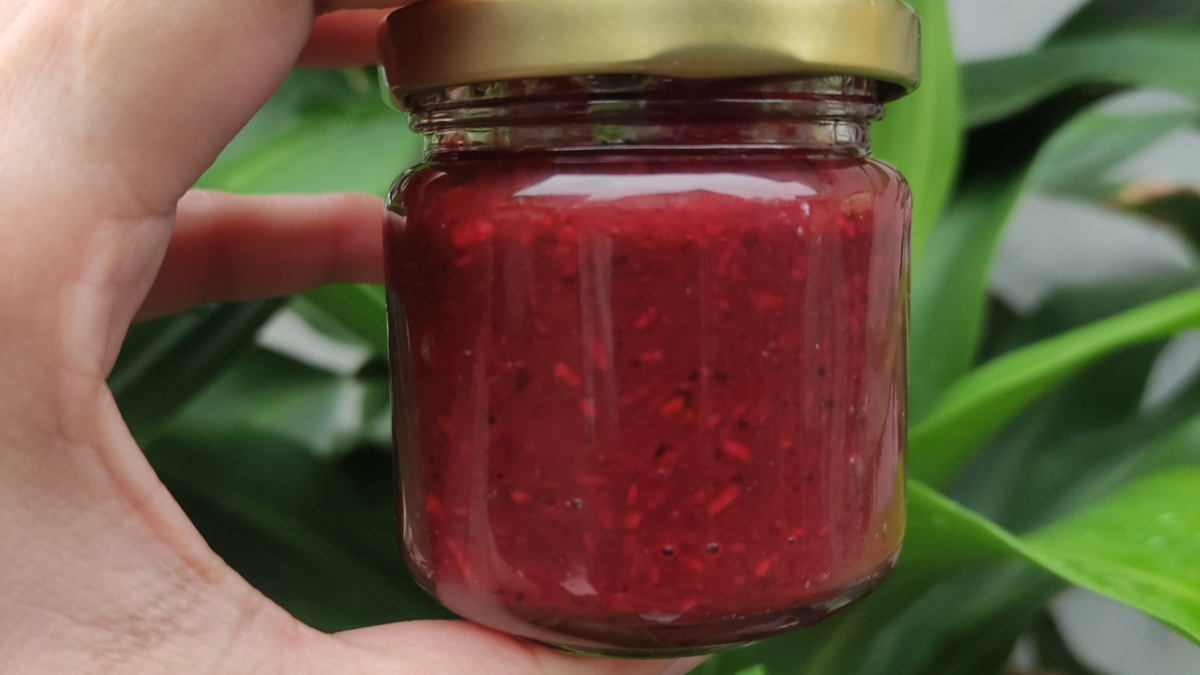What to know about FDA’s ‘bagoong’ ban in the US

INQUIRER.net stock images
LOS ANGELES – Overheard in November 2024, in the condiment aisle of a Filipino grocery store: “Oh My God! How do they expect me to live without bagoong?!”
The distraught shopper – a woman in her 60s and a typical “tita” (auntie) – was stocking up on traditional Filipino staples: rice, soy sauce, fish sauce, salted eggs, canned sardines, instant Pancit Canton packs and the ever-essential bottle of fermented shrimp paste known as bagoong alamang.
With its potent scent and indescribably funky, salty, sweet flavor, bagoong is a vital ingredient used in Filipino cuisine and a mainstay of Filipino and Southeast Asian kitchens across the United States.
Whether used as dipping sauce for green mangoes, a base for stews like kare-kare, or flavor enhancer for vegetable dishes such as pinakbet, bagoong embodies the richness and complexity of Filipino cuisine.
Its appeal goes beyond taste or aroma, especially for Filipinos who have migrated to other countries. It connects them to their roots, evoking memories of family, culture and home-cooked meals.
But since late 2024, this popular condiment has been conspicuously absent from Asian and Filipino grocery store shelves.
FDA ban on bagoong
In October 2024, the US Food and Drug Administration (FDA) issued Import Alert 99-45, effectively banning the entry of several popular Filipino sauces and condiments, including bagoong alamang, Mang Tomas lechon sauce and Jufran banana ketchup. The FDA cited concerns over the use of “unsafe food additives,” such as sodium benzoate, TBHQ and potassium iodate.
The ban sent shockwaves through food manufacturers, restaurateurs and Filipino families alike.
“This isn’t new,” said Mary Anne Cabrera, a Filipino American Food Safety and Quality (FSQ) Manager at a major California-based food manufacturing company and FSQ consultant for others in the industry. “Back in the early ’80s, the FDA banned a type of anchovy bagoong due to contamination issues – filth, E. coli, and coliform (bacteria).”

Food Safety and Quality (FSQ) Manager Mary Anne Cabrera | Photo by Marisse Abelgas
But this time, Cabrera explains, it wasn’t about contamination. “There were no food safety issues with the bagoong prior to the ban. The red flag was potassium iodate.”
Potassium iodate, she says, is often found in iodized salt – a common ingredient in shrimp paste. While high doses can affect thyroid function, the tiny amounts used in condiments are unlikely to pose health risks, especially given how sparingly bagoong is typically consumed, Cabrera said.
Cabrera points out that bagoong is made by fermenting shrimp with salt for a certain period of time, which can range from several days to several months. The fermentation process breaks down the proteins and develops complex flavors, resulting in the pungent, very salty, savory paste called bagoong alamang. It is then preserved through bottling or canning – creating a shelf-stable product.
The FDA ban is not permanent. Products can be removed from the alert list once companies address the FDA’s concerns. “There are safer additives already approved by the FDA that manufacturers can use instead,” Cabrera added. “It’s just a matter of adapting.”
Nonetheless, the FDA’s ban on bagoong raises concerns about the future of traditional foods in highly regulated markets.
As a Filipino American mom who regularly cooks Filipino meals for her household, Cabrera worries that while food safety is very important, overly stringent regulations can nevertheless make it difficult for culturally significant products to survive, especially when these are made using traditional methods that don’t match modern standards.
For now, Filipino households across the US are caught between craving and compliance. Some are hoarding the remaining jars of bagoong they can find. Others are waiting – and hoping – for brands to reformulate and return.
According to Cabrera, that could take anywhere from six months to a year. “But it’s doable. Filipino manufacturers are resilient. They’ve done it before.”
Some Filipino manufacturers seem to have already found ways to meet safety standards and adapt to these new regulations.
Bagoong is back
Two weeks ago, the familiar brand Barrio Fiesta Bagoong (spicy flavor) reappeared on the refrigerated shelves of Island Pacific, a Filipino-owned grocery store.
The bottled product now bears a new name and redesigned packaging: “Bagoong Hipon” instead of “Bagoong Alamang.” Much to customers’ relief, Mama Sita’s Lechon Sauce and Jufran Banana Ketchup also made a comeback.
“We’re only stocking the brands that passed inspection,” a cashier explained. “Mang Tomas didn’t make it.” She paused, then joked, “Customers are saying Mang Tomas is probably dead.”
The Philippine-made fermented shrimp paste, banana ketchup and lechon sauce remain unavailable at other large Filipino grocery chains in LA County, like Seafood City and American Ranch.
A statement from Nutriasia, the manufacturer of Mang Tomas, Jufran and UFC, addresses customers’ concerns and anxiety over the long-term unavailability of their favorite condiments: “Nutriasia has already reformulated its US-bound products (Mang Tomas, Jufran and UFC) since September last year. We have already filed a petition to have our products removed from the list and we are just waiting for a reply from the US FDA. We hope to have our products on the shelves soon.”
As importers and retailers seek more compliant alternatives and as Fil-Ams try to cope with the absence of their favorite condiments, a larger question arises: What is the future of traditional foods in an increasingly regulated market?
Cabrera notes, “In order to protect these foods, manufacturers need to begin modifying their methods while regulators should find thoughtful ways to include cultural practices in their rules. We need regulations – absolutely. But we also need space for traditional foods—foods with centuries of cultural significance. Without this balance, and in the push for uniform safety, Filipinos may eventually have to adapt to life without Mang Tomas, Jufran or the once-ubiquitous bagoong alamang.”

